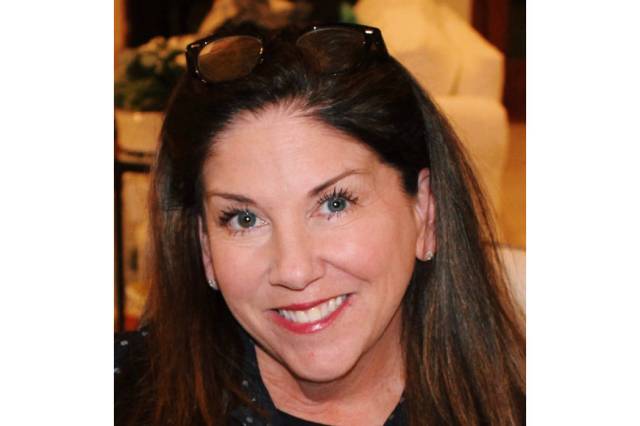
Right now, as you read this, 20 percent of your organization is costing you a significant amount of money. They are the “actively disengaged” and they are hurting your productivity, profitability, brand and ability to grow. And they are poisoning others in your organization.
Employee engagement is a term that’s been thrown around for a while now, but what does it really mean and how significant is the impact to an organization? Broadly defined, employee engagement is the amount an employee is emotionally connected to the brand for which they work. My personal definition is people who love what they do, do it well and are proud to represent their organization — and share that enthusiasm with friends and family.
In the United States, only 33 percent of employees report being “actively engaged” according to Gallup. Fifty percent are disengaged and, as previously mentioned, 20 percent are actively disengaged. And 51 percent are actively looking for another job. Those numbers are even more dire for millennials, an enormous portion of the workforce, who cannot be ignored.
Why does employee engagement matter? Because it is directly tied to key business outcomes, such as productivity, turnover, absenteeism and profitability.
The reality is that the workplace is changing. And has been for quite some time. Organizations that recognize that and make the necessary changes will thrive. Employees no longer want a paycheck; they want a purpose. They want development and to work for managers who help them develop. They want a boss who is a coach, and who provides ongoing conversations about how to leverage their strengths versus fixating on weaknesses. They want to do what they do best every day. And, as employers, you want that, too, if you want to increase profitability.
According to Gallup, 60 percent of employees say the ability to do what they do best in a role is “very important” to them. Building a culture that provides this is one of the best ways an organization can grow. A strong culture, with highly engaged employees is one of the best ways to recruit the best of the best. And it is key in retaining high performers.
So, how does an organization create a culture of high engagement? It starts by transitioning managers to coaches, training them to focus on employee’s strengths and developing strategies for managing weaknesses. As a certified CliftonStrengths consultant, I work with individuals and organizations to not just identify strengths, but to also create a strengths-based culture where differences are embraced and employee engagement scores increase. Remember that stat indicating only 33 percent of your organization is actively engaged? Strengths-based organizations are 70 percent actively engaged. In fact, according to Gallup, strengths-based organizations have employees that are:
• Six times more likely to be engaged at work.
• Three times as likely to report having a greater quality of life.
• Nearly eight percent more productive in their role.
• Six times as likely to do what they do best every day.
It has to start at the top. Leaders who lead from a position of their strengths are authentic leaders. The best surround themselves with people who are different from them, creating a well-rounded team. When leaders share their strengths with each other, it results in understanding each other, embracing what each person brings to the organization, high self-awareness and the ability to self-regulate, based on which strengths can be best applied to any given situation.
I once worked with a woman, who I will call Sue, who drove her boss nuts. She peppered him with questions, sent constant emails seeking information on projects and was relentless in getting answers. Her clients loved her, but her boss felt she was a “low-performer” because of her approach. Sue led with communication and learner strengths and her boss led with deliberative and intellection, so they approached things very differently. After spending time coaching them individually and together, they were able to find a way to not only work productively, but to really appreciate the other person’s strengths and to tap into the each other to accomplish shared goals.
When organizations focus on what people do well instead of fixating on weaknesses, they can create cultures where people can do what they do best every day. That is a culture that breeds success and growth. In the words of Dr. Don Clifton, the “Godfather of CliftonStrengths,” there is no more effective way to empower people than to see each person in terms of his or her strengths.
Maggie Harris is a certified CliftonStrengths consultant, working with clients throughout the country to identify talents and turn them into strengths, while helping them develop solid strategies for continued success. For further information, visit www.harrisstrengthsconsulting.com.